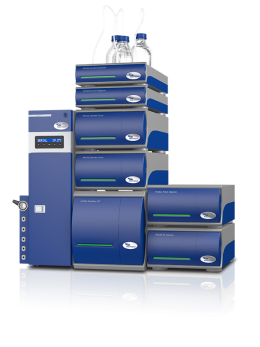Postnova Analytics report on how researchers from the Institute for Health and Consumer Protection at the European Commission Joint Research Centre (Ispra, Italy) and the University of Ferrara have used AF2000 Asymmetric Flow Field-Flow Fractionation (AF4) system and Model S101 Sedimentation Flow-Field Fractionation (SdFFF) systems in some ground-breaking research.
In the last 20 years there has been a rapid increase of silver nanoparticle use in microelectronics, medical imaging, foods, pharmaceutical and consumer products, the last two especially because of the broad spectrum bactericidal and fungicidal activity of silver. Because of their widespread applications, both the scientific community and industry are developing forefront research programs on silver nanoparticles. In parallel, in order to answer to the public and regulatory concerns regarding the potential risks that nanoparticles may pose to the environment and to human health, the scientific community is working to find the most suitable and robust techniques to detect and quantify silver nanoparticles dispersed in environmental and/or complex matrices.
Researchers at the Joint Research Centre (Ispra-Italy) and the University of Ferrara have evaluated different analytical techniques including SdFFF, AF4, centrifugal liquid sedimentation (CLS) and dynamic light scattering (DLS) to generate quantitative size information about suspensions of silver nanoparticles in the 20-100 nm range by taking advantage of the different physical principles on which are based. The purpose of this work was to access the suitability of this size distribution information suitable for use in relation to the implementation of the European regulations on the labelling of consumer products containing nanomaterials.


